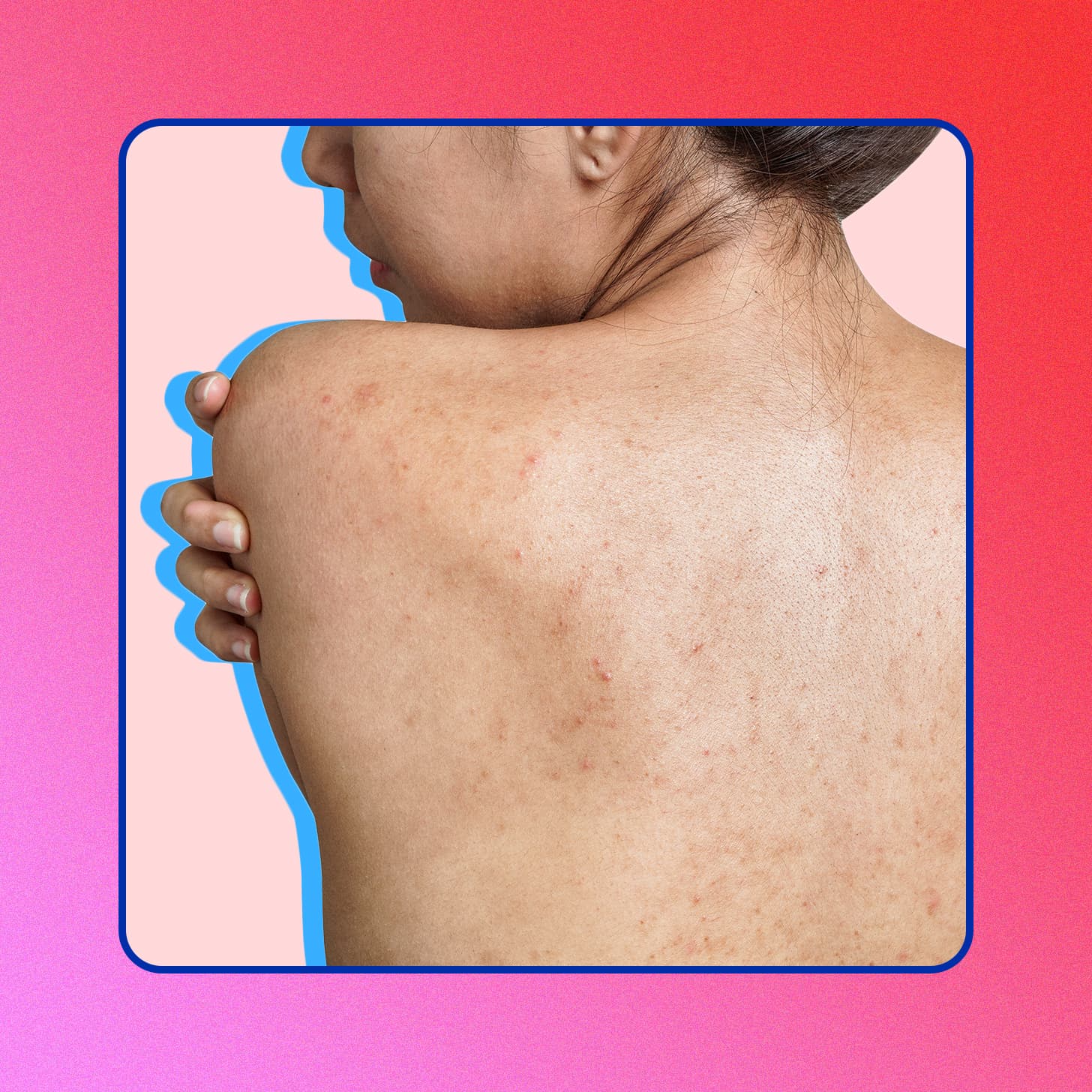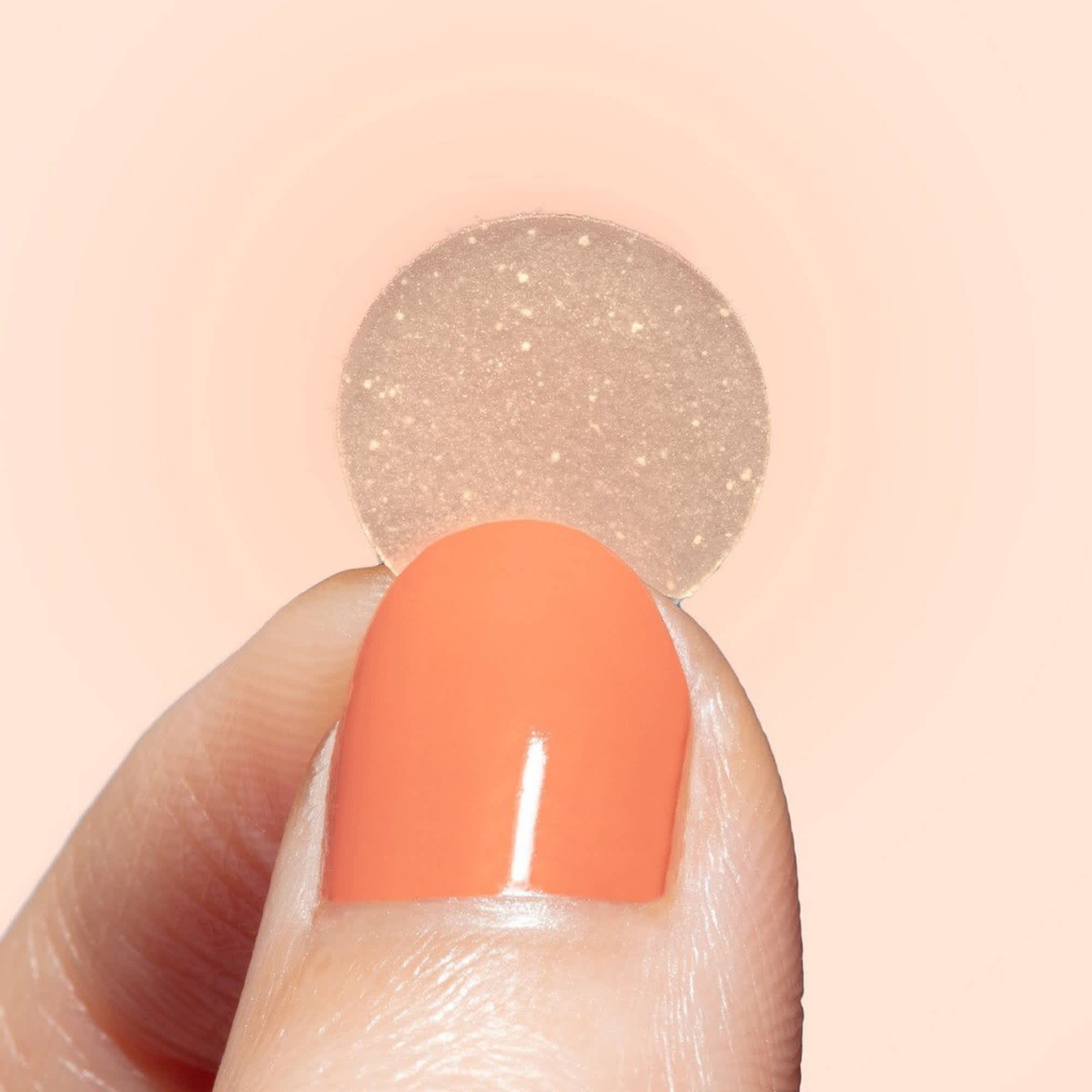
- POPSUGAR Australia
- Beauty
- The Best Way to Treat Acne Scars, According to 3 Skincare Experts
The Best Way to Treat Acne Scars, According to 3 Skincare Experts


We’ve partnered with Garnier to highlight that adult acne is a normal part of life for many Australians, and we’re here to help you fight it, not hide it.
With so many people experiencing breakouts at different times of the year, but especially in summer, the concern around blemishes and the unwanted parting gifts – aka acne scars or marks – they leave behind has only grown. First, the bad news: once a pimple has scarred, the damage is done (which is why most dermatologists advise against picking).
Now for the good: what you might think is scarring is often just post-inflammatory hyperpigmentation or erythema (brown or red spots), rather than a textual change of the skin. Plus, even if they are in fact scars, there are ways to minimise the appearance of acne marks. All it takes is using the right products and treatments in your skin-care routine.
That’s where we come in. We spoke with a handful of experts – including two board-certified dermatologists, Anna Guanche, MD, and Dendy Engelman, MD, and aesthetician Taylor Worden – to get their recommendations for treating, preventing, and minimising the appearance of acne scars and marks. Keep reading for more.
What Are Acne Scars, and What Causes Them?
Before we get into how to treat acne scars, it’s important to understand what they are: visible raised marks and indentations left behind due to skin damage from a pimple or serious acne.
“Acne scars are when the blemish damages the top layer of skin as well as the deeper levels of the skin,” Worden told POPSUGAR. “It damages the skin and leaves you with an indentation like a pockmark or crater in the skin.”
Acne can be caused by a multitude of factors: genetics, environment, hormones, diet, sebum production, pH of skin, bacteria buildup, medication, and inflammation. As the inflammation subsides and the skin attempts to heal itself, scar tissue can form. Scars could look different depending on skin type and skin tone. Light-colour skin tones will often produce red marks after acne, whereas darker complexions show brown marks after acne.
What’s the Difference Between Acne Scars and Acne Marks?
The main difference is the level of permanence. “Acne marks are red (erythema) or brown (hyperpigmentation) discoloured marks that are temporary, taking just a few months to fade and heal,” Worden said. Acne scars, however, can be permanent if not treated early on.
According to Dr. Engelman, acne marks can include dark marks or hyperpigmentation, which are not raised. One telltale way to know the difference: acne scars have a texture. “They are raised or depressed marks that are able to be felt on the skin,” she said.
What Are the Types of Acne Scars?
Generally speaking, there are two types of scarring: superficial and deep indented scars.
“If you feel a divot or textural irregularities in the skin, those are referred to as deep or indented scars,” Dr. Guanche said. “Superficial scars are often referred to as post-inflammatory erythema and do not typically have textural indentations in the skin. This type of scarring will heal over time without treatment.”
Although oily skin tends to be more acne prone, all skin types are susceptible to acne and acne scars. There are differences in the way skin will heal: “Some can have deep cystic breakouts that look disfiguring but then heal with perfectly smooth skin,” Dr. Guanche said. “Others can have a mild breakout that results in permanent noticeable scars. The difference is likely genetics.”
Then, to get more granular, there are four main types of acne scarring: boxcar (broad depressions with sharply defined edges); icepick (deep, narrow, pitted scars); rolling scars (broad depression with a sloping edge); and hypertrophic scars or keloids (raised thick lumpy scars).
Shop a Product to Help Reduce Blemishes
If you’re looking for a product that will help reduce the appearance of acne, Garnier’s AHA+BHA Anti-Blemish Serum ($34.99) contains a highly concentrated formula of 4% [AHA+BHA, niacinamide and charcoal] to help reduce blemishes and dark marks. This serum is designed for oily, acne-prone skin with visible results when used morning and night, as part of your skincare regimen.



